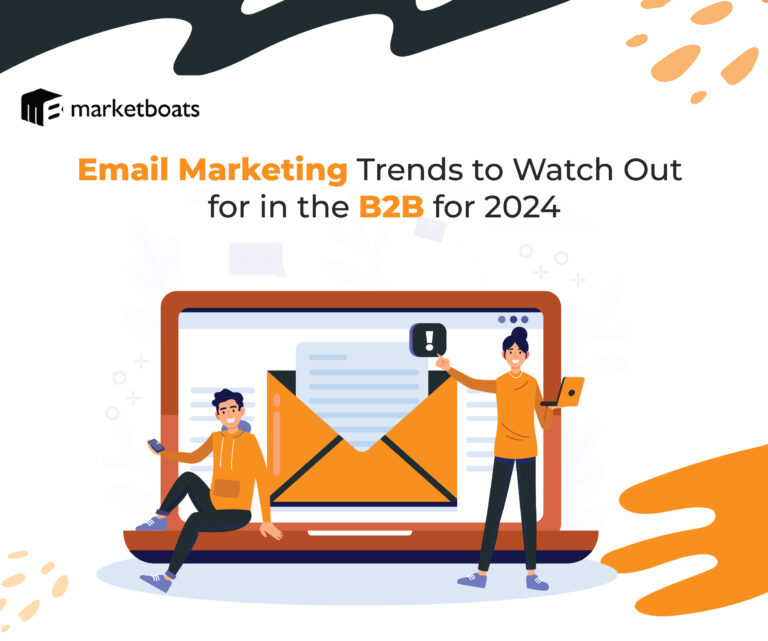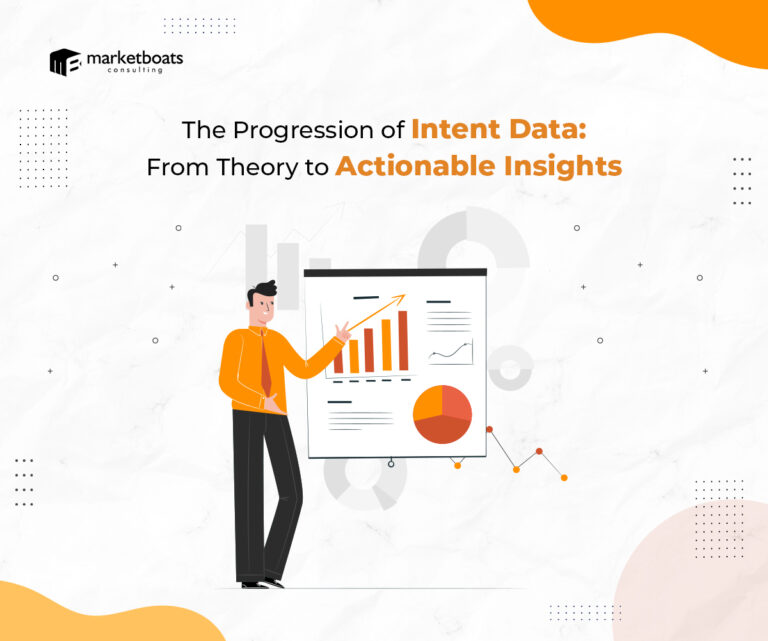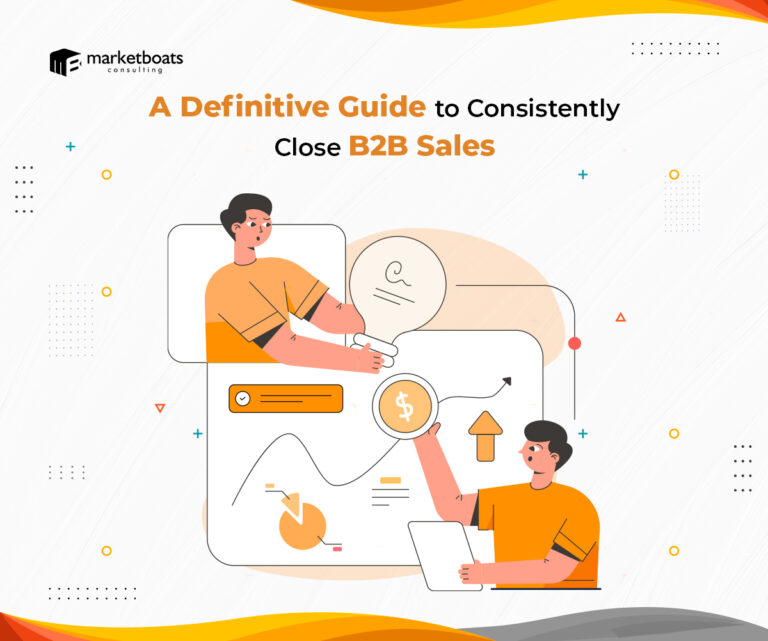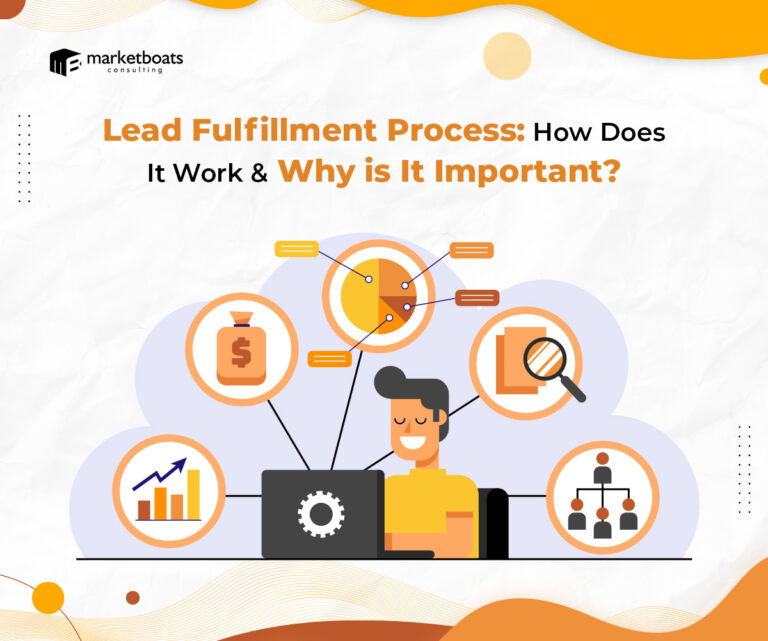Did you know sales and marketing departments lose approximately 550 hours and as much as $32,000 per sales rep every year? The cause: Bad Leads.
Pursuing leads that don’t intend to buy from you can thwart your revenue-generation efforts and negatively impact your business. While it is difficult to do away with bad leads completely, the problem of bad leads is adaptable. Organizations can take some straightforward steps to orchestrate their lead-generation efforts.
But before jumping on to the solution, let’s examine the problem and its effect in detail.
The Hidden Cost of Bad Sales Leads
Extending W. Edwards Deming’s 1-10-100 principle, it takes $1 to prevent bad leads; $10 to correct it; and $100 if you don’t. The real numbers are significantly larger if you ask the sales reps, product marketing teams and lead generation practitioners in your organization. Besides, bad leads can cause more harm than just freezing your revenue growth.. 72% of sales representatives spend at least an hour sorting through the CRM every day. Imagine if they spent this time performing critical sales functions.
Instead of nurturing high-quality leads, reps struggle to pursue dead-ends. The soft costs of bad leads include distrust between teams, reduced employee morale due to lower success, more rejections, and missed quotas. They spend a lot of time doing background research or working through call lists with low returns resulting in blown away spends. Not to mention the wasted sales opportunities.
”Poor leads aren’t just inefficient, they build distrust and resentment between marketing and sales.”
—John Donlon
Senior Research Director,
SiriusDecisions
What Are Bad Leads?
Bad leads are prospects that are unlikely to buy from you. They fall into the below 4 categories.
1. Cold Leads
A prospect who has “no intent or interest” in your offerings. Pursuing cold leads results in wasted time and money as well as a reduction in your sales reps efficiency.
2. Unqualified Leads
According to a study by Sales Insights Lab, at least 50% of the prospects are not a good fit for your offerings. These are “out of filter” sales qualified leads that don’t fit the campaign-defined specifications. Either you can’t
solve their problem, they can’t afford your solution, or they have no say in the purchase decision. Pursuing these leads results in lower effectiveness and loss of time

3. Non-Standardized Leads
These leads are not defined as per the standardized data set. Your CRM might not recognize these leads since they are not conformable to specified values. Non-standardized leads hinge on the usefulness of your underlying data, undermining sales data integrity.
4. Incorrect Leads
Any leads generated by inputting incorrect contact information (e.g. email ID, Phone Number & Address ) are termed incorrect leads. Sales representatives lose a lot of time not just calling the incorrect phone number or email address but also following up and updating this information.
”No matter what you do, don’t pass leads directly to the sales team.”
– Jon Miller, Marketo
Solution To Bad Leads
Why run the risk of letting bad leads sabotage your success? Integrate technology, focus your efforts towards lead generation best practices, and take some proactive measures to cleanse your sales funnel. That said, leads should be thoroughly scrubbed, cleansed, standardized, and enriched before being fed into the CRM.
The three activities below can help you get a clean, healthy top-of-the-funnel engagement.
1. Lead Cleansing
If lead enhancement is on your radar, we suggest starting with Lead cleansing. There is no point in standardizing and enriching irrelevant and inaccurate leads.
Lead cleansing can take care of all the poor leads that are sitting in your database — eating up overall productivity and efficiency. The process involves cleaning up missing or inaccurate records, eliminating redundancies, and removing data that doesn’t matter. Data cleansing also involves exhaustive checks. For
example, validating whether contacts are still valid, whether they have left their positions, and if so, who their replacement is.
When you’re done with lead cleansing, you’ll have organized prospect records and a much cleaner funnel view.
2. Lead Standardization
Now that you’ve taken care of all the bad leads , you need to lay a solid foundation to build a robust lead management system. Standardization is paramount to ensure that every lead is consistent. A perfect lead often becomes discarded simply because of data standardization issues.
As organizations collect sales data, the information most likely settles into disparate systems, all of which may have slightly different rules and formats for storing the lead details. Lead standardization takes manual checks out of the equation. It enables you to compare the value of leads, lead sources, marketing assets, marketing tools, etc., with greater accuracy. It takes care of all the inconsistencies in the data by transforming or manipulating data into a consistent format.
3. Lead Enrichment
This is the most critical stage of the lead enhancement process, as it involves search intent mapping coupled with firmographic and technographic enrichment to build richer profiles of potential customers. Discussion points for the sales team which serve as actionable intel are chalked out, and a ‘Sales Ready Lead’ is devised.

According to Forrester, 60% of buyers say that sellers who are well-informed and attentive to buyer needs positively influence their purchase decisions. Having complete details about your prospects is not just an option but a necessity in the evolving B2B environment.
Lead enrichment also helps you nurture qualified leads with personalization. Gone are the days when buyers were impressed with “spray and pray.” Modern buyers expect more customized messaging. 86% of buyers believe personalization significantly influences what they purchase.
Conclusion
Marketing professionals are more productive spending time on nurturing and enabling your sales reps with high quality prospects to target rather than fighting excel spreadsheets to correct, standardize and verify ‘bad’ leads. Lead development and enrichment ensures quality at the top of the funnel, which means sales reps can focus their efforts on leads that have a higher chance of becoming customers.
Most organizations do not have the resources available towards managing contact data. Fortunately, lead generation experts exist to fill the gaps and nurture your top prospects. The right partner agency can work as your team’s extended arm and help save your CRM from bad leads (before they drag you down)
Say Goodbye to bad leads with Marketboats
At Marketboats, our ‘Lead Quality Engine’ empowers you with enriched customer data and turns your raw leads into revenue-generating opportunities. Our clients have realized 45% fewer rejects, spent less time on excel corrections & hassles of CRM integrations, whilst having meaningful conversations at the middle and bottom of the funnel, leading to faster time to market and higher conversion rates.
Get in touch with us today for a Free Demo of our ‘Lead Quality Engine’ !





